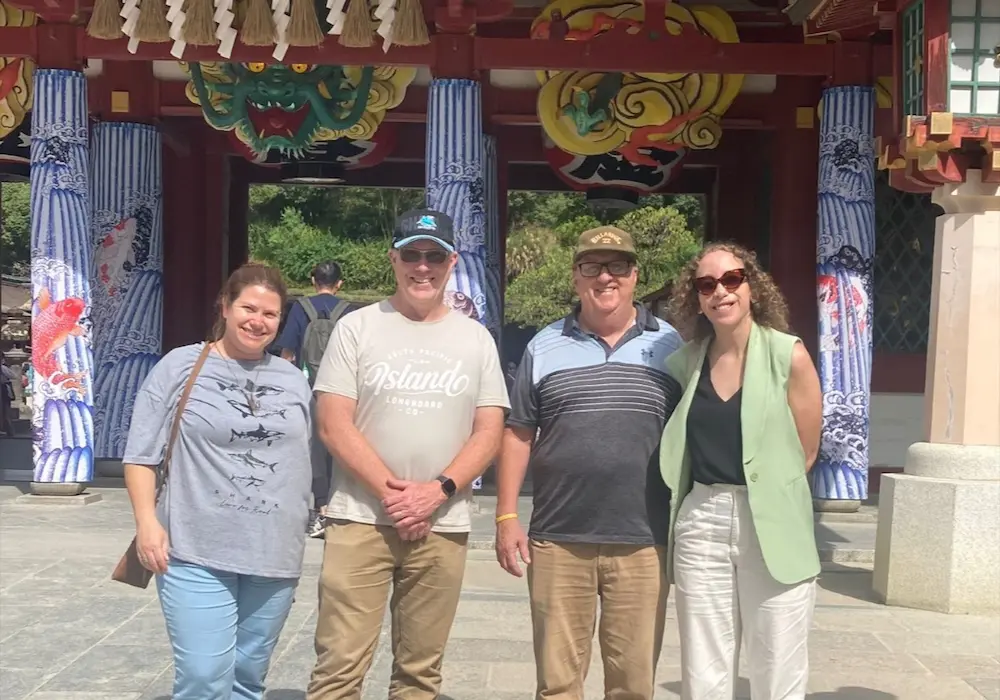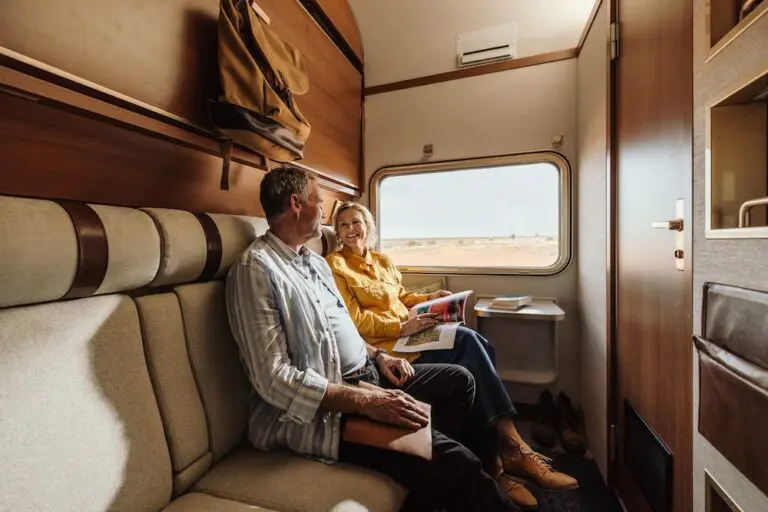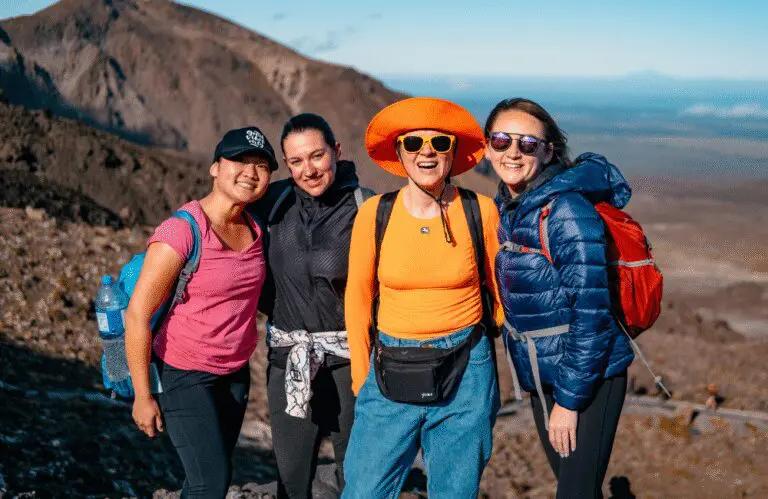Mass tourism comes with its challenges. One of those is how to disperse tourism more evenly across a destination. Fortunately, for Japan – a place that continues to skyrocket in popularity among Australians – its rural and regional areas are now luring Aussies more than its traditionally popular and dazzling cities, according to new tourism statistics.
Compiled by the Japan National Tourism Organization (JNTO) and collected by the Japan Tourism Agency, the new accommodation data shows that while Tokyo, Osaka and Kyoto saw impressive jumps in room nights booked by Australians – up 74 per cent, 89 per cent and 32 per cent respectively in the first half of 2024 compared to 2019 – Japan’s hidden gems are stealing the spotlight with even bigger surges.
With the call of the countryside and lesser-known prefectures seemingly too tempting to resist, regions like Shizuoka in central Honshu and Oita in northeast Kyushu have seen Aussie room nights more than triple since 2019, recording rises of 257 per cent and 231 per cent respectively.
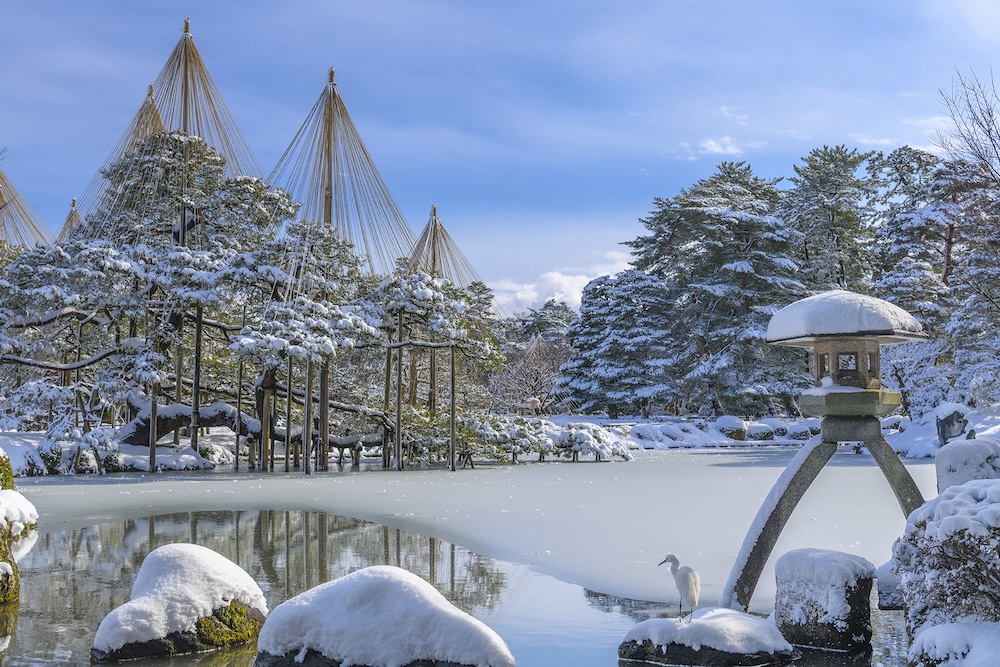
Elsewhere, Kochi (146.7%), Fukui (142.9%), Okayama (120%), Fukuoka (113.9%), Aichi (112%) and Ishikawa (108%) have all experienced more than double growth.
“With so many more Australians valuing sustainable travel experiences, it’s no surprise that we are beginning to see overnight bookings in regional areas increase at a faster rate compared to major hubs,” JNTO Sydney Office Executive Director Naoki Kitazawa said.
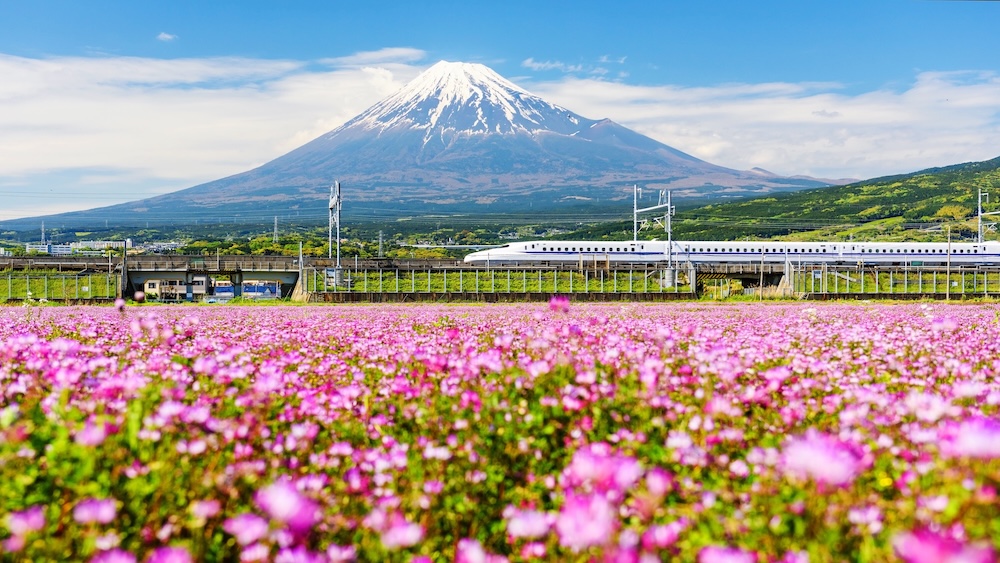
“With Japan’s cities offering an easy gateway to other lesser-known parts of the country, we encourage all Australians visiting Japan to explore beyond the most well-trodden pathways to experience the full breadth of activities and sights the country has to offer.
“From regional food to outdoor adventure in some of the most remote and scenic landscapes, there are many reasons to consider spending longer outside Japan’s cities when visiting the country.”

Advisors hit Kyushu
In related news, a small group of Australian travel advisors recently returned from a cruise-focused familiarisation trip that aimed to showcase the Japanese island of Kyushu – a regional area also growing in popularity among Aussies.
Hosted by JNTO, the five-day tour showcased Kyushu’s coastal opportunities for itineraries, taking in destinations like Fukuoka, Beppu, Kumamoto and Takachiho Gorge.
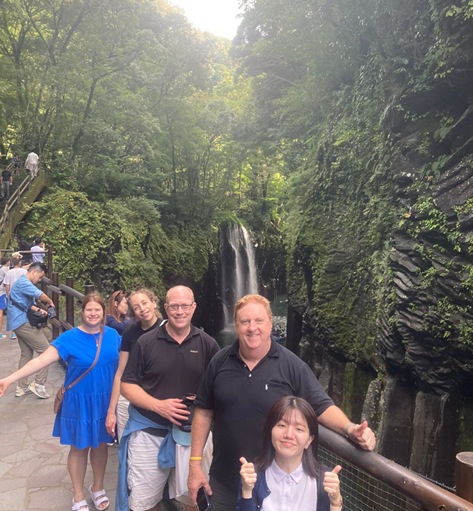
“We showcased the beauty, easy accessibility and uniqueness of areas in Kyushu still relatively unknown by the Australian market,” said JNTO Business Development and Senior Assistant Marketing Manager Harriett Bougher, who escorted the group.
“Our goal of this famil is that, with firsthand insight and experience, our carefully selected participants will be able to craft tour products that will encourage more Australians to travel to Kyushu pre and post cruise travel.”
After a record-breaking year for Aussie tourism to Japan in 2023, travel to the Asian nation is expected to swell even higher in 2025. Read why Kitazawa says Australian visitors are “the most important customers for Japan”.



